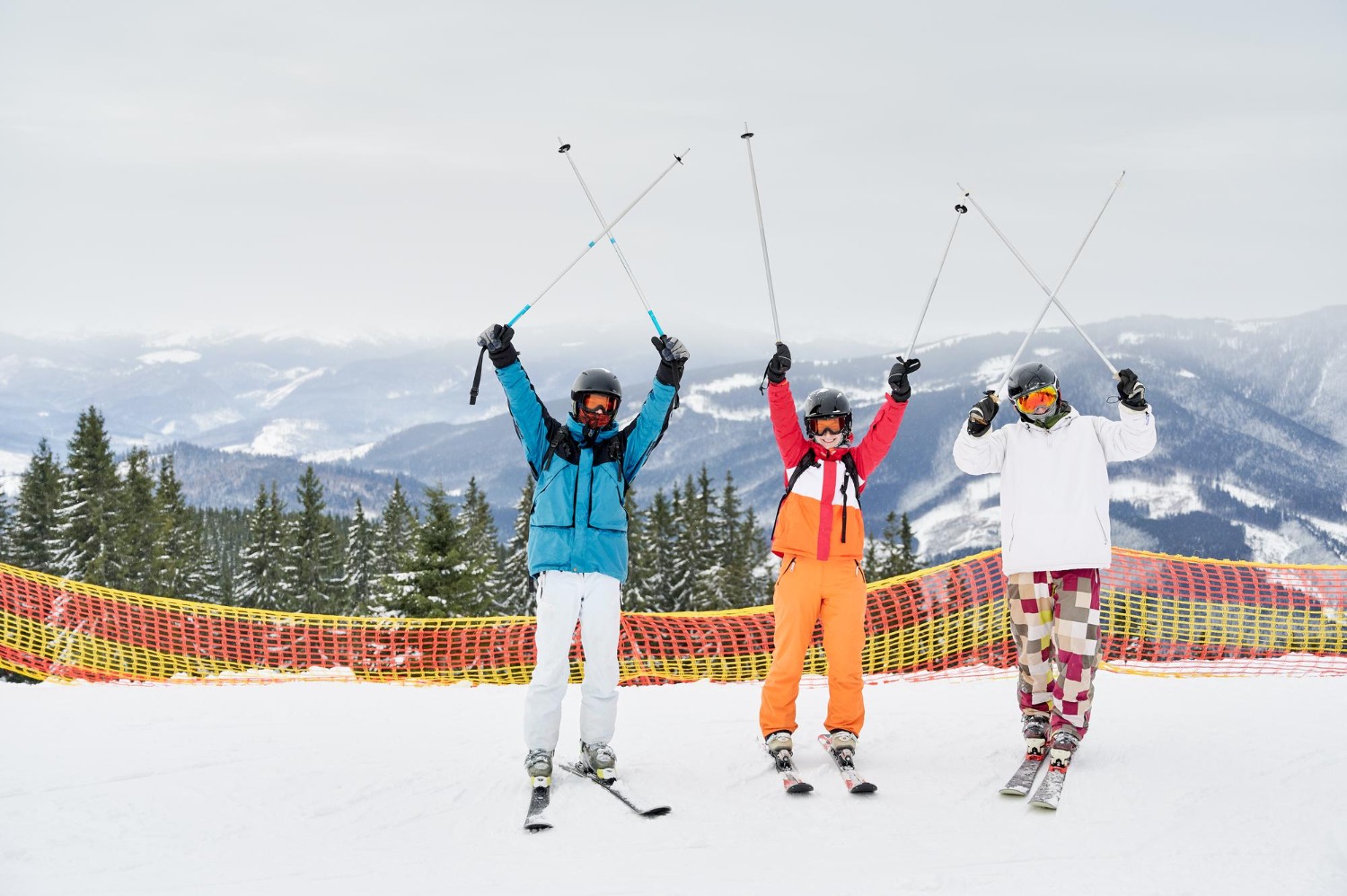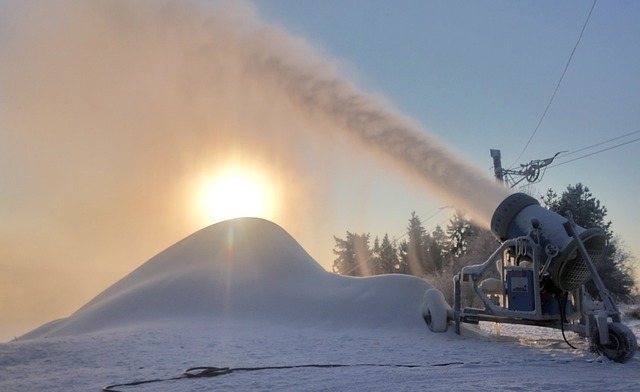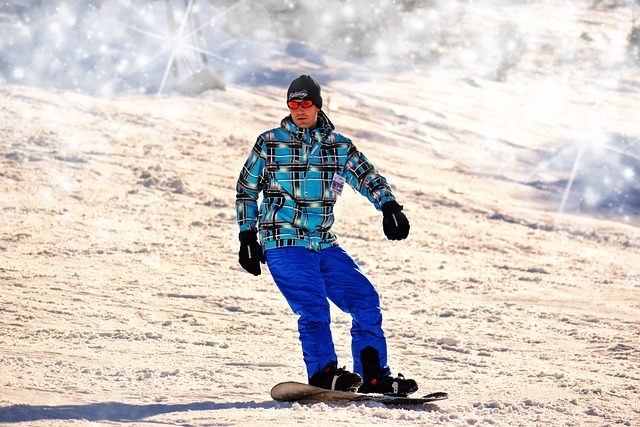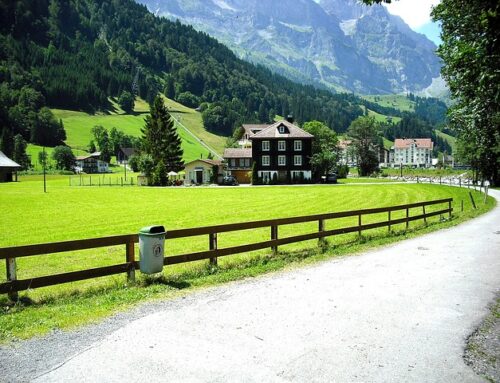Is Skiing on Artificial Snow The Same as Natural Snow?

Artificial Snow vs Natural Snow – What to Know Before Hitting the Slopes
Winter holidays are one of the most anticipated moments for everyone and, even more so, for those people who love snow. Winter is the ideal time to enjoy different disciplines that you can practice in the snow.
In the world, there are a lot of destinations recognized for their sky slopes and endless activities related to the outdoors and snow. It doesn’t matter if you travel alone, with friends or with your family, the important thing is that it is always the ideal time to enjoy sky races in one of the most popular places on the planet.
Many countries offer ski resorts for beginners and amateurs to enjoy their days in the snow. Spain, France, Italy, Switzerland, Colorado, Canada, Chile and Argentina are favorites of tourists and locals to enjoy unique landscapes and activities.
However, sometimes, it happens that the snow season is delayed or that it is not enough to practice some sports such as sky races. On these occasions, artificial snow comes into play and, although it seems to be the same, it has some differences with real snow or natural snow.
How artificial snow is produced
Natural snow and artificial snow agree that they are both composed of water and air. The main difference lies in the way snow is produced. Artificial snow is produced by imitating the creation process of natural snow, and the latter forms when water droplets adhere to crystallization nuclei in clouds and freeze. Because of the increase in mass, snowdrops fall.

Artificial snow is produced thanks to generators that work by mixing water and compressed air. As the height of the fall is lower, the esthetics of artificial snow are denser than natural snow and have a different appearance because the snowflakes are smaller. It is simply water that is sprayed at high speed because of the air, as happens with irrigation sprinklers.
The weather is sometimes unstable. In some seasons it snows a lot, but in others it doesn’t. Many places live off of tourism and snow and if it does not fall naturally, it is important to have the necessary equipment so that the snow is produced artificially so that they can be maintained year after year thanks to the income of those people who decide to ski or do other sports in the snow.
Natural snow vs. artificial snow
When winter arrives, many people choose their destination according to the places where they can do snow activities. Some places need the help of artificial snow to have a significant snow flow.
This type of snow is characterized by being economical and simple to produce, by not requiring cold and by lasting longer than real snow, but this snow also has a series of disadvantages. Mainly, a large amount of energy is necessary if you intend to cover a large space and this can harm the environment. Artificial snow often contains chemicals to improve it and a large amount of water is needed to produce it.
All people who want to enjoy snow can do so even with manufactured snow, but, really, there is nothing equal to natural snow because in the latter the glide is much better and smoother.
Powder snow is preferred for skiing
Although this may sound strange, there is not just one type of snow. This changes its texture and consistency. Whether you find one or another type of snow depends on the time of year that you ski, it depends on the height at which the ski slopes are located, their orientation and the climate, among other factors.
Powder snow is known as “sugar” and is the snow most desired by people who practice sky races because sliding on it is as if you were standing on a cloud. You can easily identify it because it is soft and spongy.
This type of snow will help you glide quickly and the skis are easy to control. Since this is soft snow, the impacts are less strong.
Hard snow for sky professionals
This is the least pleasant snow for skiing because it requires a lot of physical effort and this means greater fatigue when performing this activity. The snow hardens as a result of the lack of newer snowfall, it becomes compacted and new layers are generated.
If you are a beginner, it is not recommended that you practice sky racing on these tracks. If you are a fan, this may be the ideal snow for you because it will make you go down the slopes very quickly.

Hard powder snow like the most common snow
This type of snow is a combination between the two types seen above. This snow is present when it falls on top of an old hard snowpack. The texture is powdery, but it has a solid base and this grows when the machines pass over the tracks to flatten them.
This snow is common in ski resorts and is pleasant to the touch and suitable for carrying out different types of activities. It doesn’t matter if you are a beginner or an amateur, you will be able to enjoy the slopes with this type of snow.
Wet snow: the snow that is always avoided
This type of snow is usually the one that everyone avoids because a high percentage of it has melted due to the day’s temperatures. Rain and the subsequent few snowfalls can also cause this type of snow and, in a small amount; it can be generated because of large concentrations of people cornering.
Wet snow increases the risk of avalanches and, on some occasions, losing density makes it difficult to practice some disciplines such as skiing. If you are a beginner, you should be careful when skiing in wet snow because it is more difficult for you to have control of the accessories and it is difficult for you to brake like in other types of snow.
Regardless of the type of snow there is, sky centers offer a wide variety of attractions for all tastes. You can try different disciplines, you can do sky, you can hire a ski or snowboard teacher if you are a beginner, you can do a photo session in the snow or while you do activities and you can delight in the dishes and most delicious drinks to enjoy a unique and unforgettable stay.




